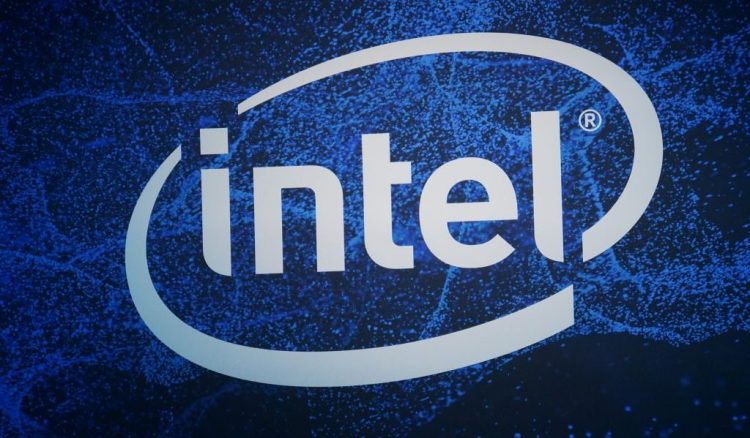Contrary to popular belief, there’s more to the conference formerly known as Mobile World Congress than smartphones. Take Intel’s MWC Barcelona announcements, for example — they’re a bit more infrastructural in nature. The Santa Clara chipmaker today debuted a new system-on-chip for edge devices and a field-programmable gate array (FPGA) — the N3000 Programmable Acceleration Card (PAC) — designed to juggle network traffic up to 100Gbps.
The abovementioned edge chip, code-named “Hewitt Lake,” slots into Intel’s existing Xeon D 64-bit multicore microserver family, and promises improvements to both power efficiency and performance for network edge and storage solutions. It boasts a faster base frequency than Xeon D-1500 NS — a 14-nanometer product family launched in 2015 — and while details were hard to come by at press time, Hewitt Lake will presumably feature an integrated platform controller hub (PCH), a ball grid array (BGA), and other features comparable to the current-gen chip lineup.
Meanwhile, FPGA Programmable Acceleration Card (PAC) N3000, dubbed “Vista Creek,” is a 1/2 length, full-height, dual-slot PCIe card that’s optimized for custom vRAN and core solutions. Its internal hardware — which comprises 1.1 million logic elements, 9GB of DDR4 memory and 144MB of QDR IV memory, and two XL710 network adapters for packet processing — drives virtualized workloads up to 8 x 10Gbps and 4 x 25Gbps, Intel says. The company is pitching it as a processing solution for 5G radio access networks, core network apps, and more.
The N3000 is expected to be available in the third quarter of 2019.
June 5th: The AI Audit in NYC
Join us next week in NYC to engage with top executive leaders, delving into strategies for auditing AI models to ensure fairness, optimal performance, and ethical compliance across diverse organizations. Secure your attendance for this exclusive invite-only event.
In addition to the Hewitt Lake and the N3000, Intel today revealed that it would partner with Ericsson and ZTE to embed Intel’s Snow Ridge chip in the former two companies’ 5G base station designs. It also said that it’s working with Skyworks to optimize the 5G RF solution for its XMM 8160 modem (ahead of the projected 2020 release date), and with Fibocam, a M.2 module manufacturer, to build its 5G modem into Fibocam’s forthcoming FG100 product.


